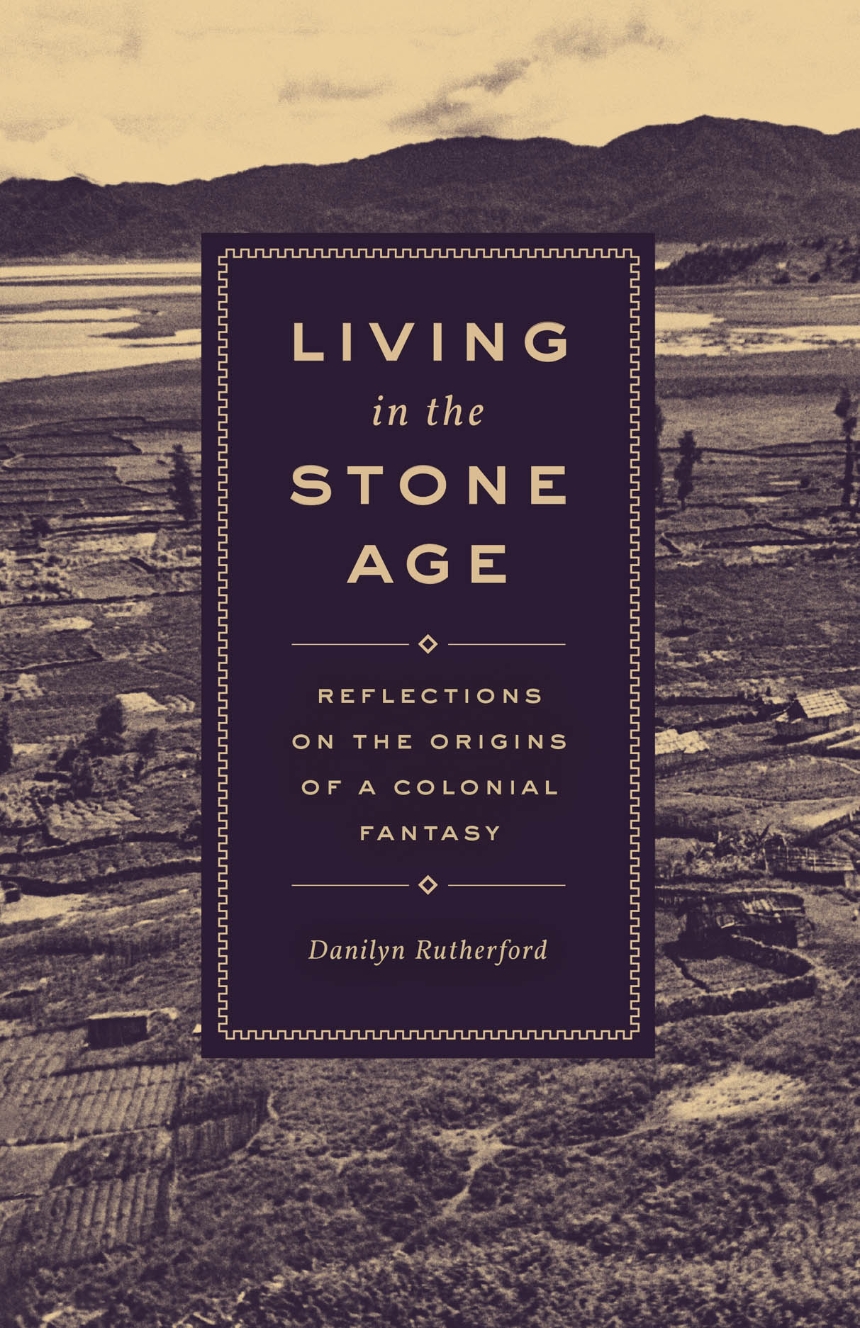Living in the Stone Age
Reflections on the Origins of a Colonial Fantasy
9780226570242
9780226570105
9780226570389
Living in the Stone Age
Reflections on the Origins of a Colonial Fantasy
In 1961, John F. Kennedy referred to the Papuans as “living, as it were, in the Stone Age.” For the most part, politicians and scholars have since learned not to call people “primitive,” but when it comes to the Papuans, the Stone-Age stain persists and for decades has been used to justify denying their basic rights. Why has this fantasy held such a tight grip on the imagination of journalists, policy-makers, and the public at large?
Living in the Stone Age answers this question by following the adventures of officials sent to the New Guinea highlands in the 1930s to establish a foothold for Dutch colonialism. These officials became deeply dependent on the good graces of their would-be Papuan subjects, who were their hosts, guides, and, in some cases, friends. Danilyn Rutherford shows how, to preserve their sense of racial superiority, these officials imagined that they were traveling in the Stone Age—a parallel reality where their own impotence was a reasonable response to otherworldly conditions rather than a sign of ignorance or weakness. Thus, Rutherford shows, was born a colonialist ideology.
Living in the Stone Age is a call to write the history of colonialism differently, as a tale of weakness not strength. It will change the way readers think about cultural contact, colonial fantasies of domination, and the role of anthropology in the postcolonial world.
Living in the Stone Age answers this question by following the adventures of officials sent to the New Guinea highlands in the 1930s to establish a foothold for Dutch colonialism. These officials became deeply dependent on the good graces of their would-be Papuan subjects, who were their hosts, guides, and, in some cases, friends. Danilyn Rutherford shows how, to preserve their sense of racial superiority, these officials imagined that they were traveling in the Stone Age—a parallel reality where their own impotence was a reasonable response to otherworldly conditions rather than a sign of ignorance or weakness. Thus, Rutherford shows, was born a colonialist ideology.
Living in the Stone Age is a call to write the history of colonialism differently, as a tale of weakness not strength. It will change the way readers think about cultural contact, colonial fantasies of domination, and the role of anthropology in the postcolonial world.
192 pages | 12 halftones | 5 1/2 x 8 1/2 | © 2018
Anthropology: Cultural and Social Anthropology
Asian Studies: Southeast Asia and Australia
History: Asian History
Reviews
Table of Contents
Preface
Introduction: Living in the Stone Age
Part 1 Sympathy and Its Discontents: A Colonial Encounter
1 Hospitality in the Highlands
2 Sympathetic State Building
Part 2 Vulnerability and Fantasies of Mastery
3 Technological Passions
4 Technological Performances
Part 3 Lessons for a New Anthropology
5 Sympathy and the Savage Slot
6 The Ethics of Kinky Empiricism
Notes
References
Index
Introduction: Living in the Stone Age
Part 1 Sympathy and Its Discontents: A Colonial Encounter
1 Hospitality in the Highlands
2 Sympathetic State Building
Part 2 Vulnerability and Fantasies of Mastery
3 Technological Passions
4 Technological Performances
Part 3 Lessons for a New Anthropology
5 Sympathy and the Savage Slot
6 The Ethics of Kinky Empiricism
Notes
References
Index
